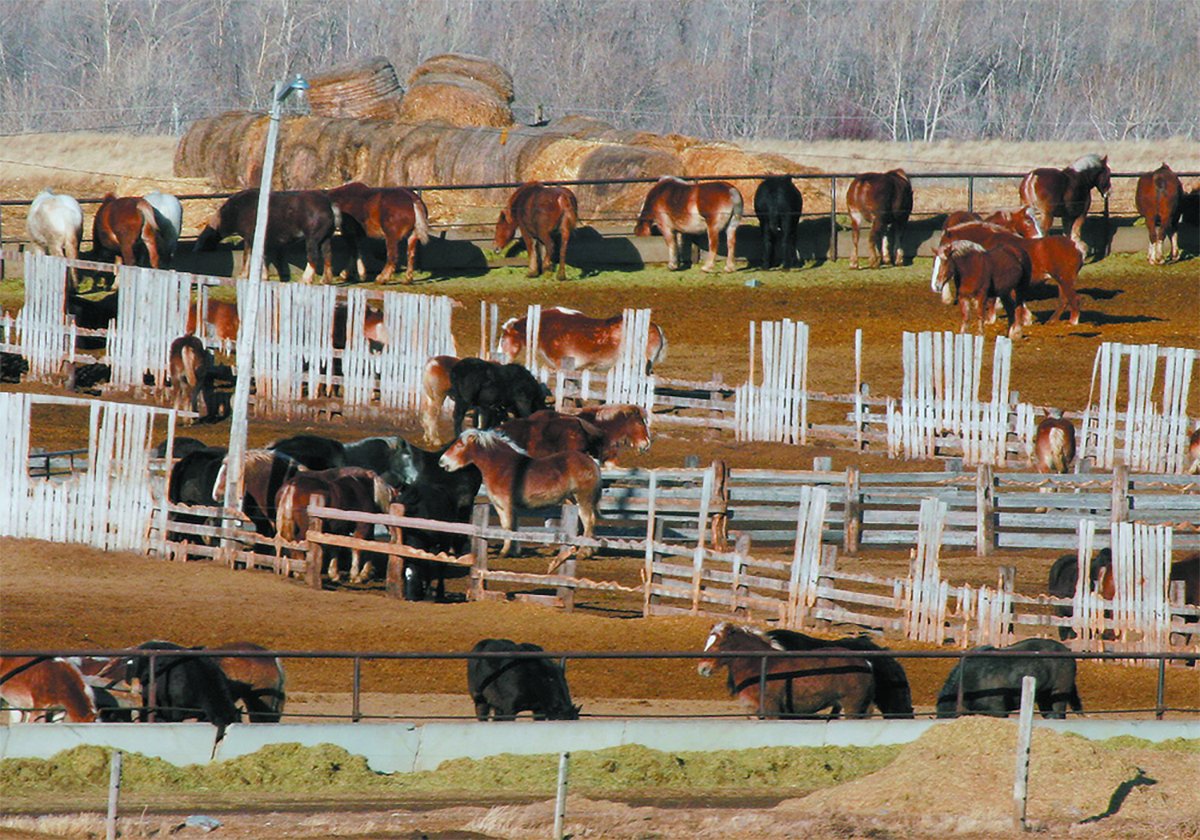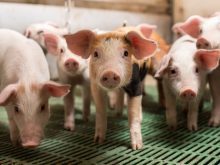LETHBRIDGE, Alta – Farmers can’t do anything about the weather, but with the right management practices they can make the best use of what moisture they do get, said a Montana State University researcher.
Perry Miller told an Alberta conservation conference no-till farming is important in semi-arid regions.
A goal of of no-till farming is to conserve soil moisture and prevent evaporation by leaving an adequate layer of plant litter on the soil.
Known as duff, this litter layer preserves moisture and ultimately adds organic matter to the soil. It also helps water to infiltrate the soil rather that running off during heavy downpours.
Read Also

Canada’s slaughter horse industry lacks transparency
The lack of clear reporting and public access to data keeps the industry largely hidden, leaving questions about humane treatment and traceability unanswered.
Duff is difficult to build in semi arid regions because many crops do not produce enough plant mass to provide adequate cover.
Under semi-arid conditions, producers must be opportunistic about water use.
Miller said early seeding can increase yields and jump start crops. On two of his research plots in 2000, yields for green peas seeded in mid-April were 20 bushels per acre higher than peas seeded in May. The April-seeded crop produced 50 bu.
“You see what you are losing when you get hung up for a day or two,” he said.
In a paper prepared for the conference, Miller suggested early seeding is a hallmark for successful producers in his region.
“Why do most producers wait for spring flush of weeds before seeding? How much yield potential is being given up?” he wrote.
He also suggested that fall seeding could be a way to capitalize on the moisture available.
At a trial at Bozeman, Mont., canola seeded in November produced 40 bu. per acre compared to 30 bu. for the May-seeded crop.
But in other trials, yields were similar in fall and spring seeded canola.
Miller said fall seeding has additional benefits.
“If we could guarantee establishment with November seeding, it would be a powerful time saver on the farm,” he told the conference.
He suggested broad-leafed crops like winter peas and lentils have potential in Montana and Alberta’s Chinook belt.
“There are going to be conditions and times when a winter crop really responds to a short, early season moisture conditions that spring crops can’t respond to,” he said.
Carefully planned rotations that alternate crops rated as medium and high water users may help balance water reserves. Different crops extract different amounts of water at different depths.
“You need a pretty big basket of crops to get away with that,” he said.
He cautioned against growing the same crop within three years on a single plot.
Finding a suitable rotation that pays the bills and controls pests is the challenge. Further, setting up a wide rotation of crops takes about five years before it pays.
“The short-term memory of farmers and bankers has a lot to do with the frequency of recropping,” he said.
The right rotations are learned with experience and experimentation.
Producers might try a fallow year followed by a winter wheat and then a legume.
To prevent erosion following a legume year, Miller suggested growing peas, barley and forage.
Annual forages are another option, although many grain farmers are reluctant to grow hay. However, forages generally succeed even during a water shortage and provide a good return most years.

















